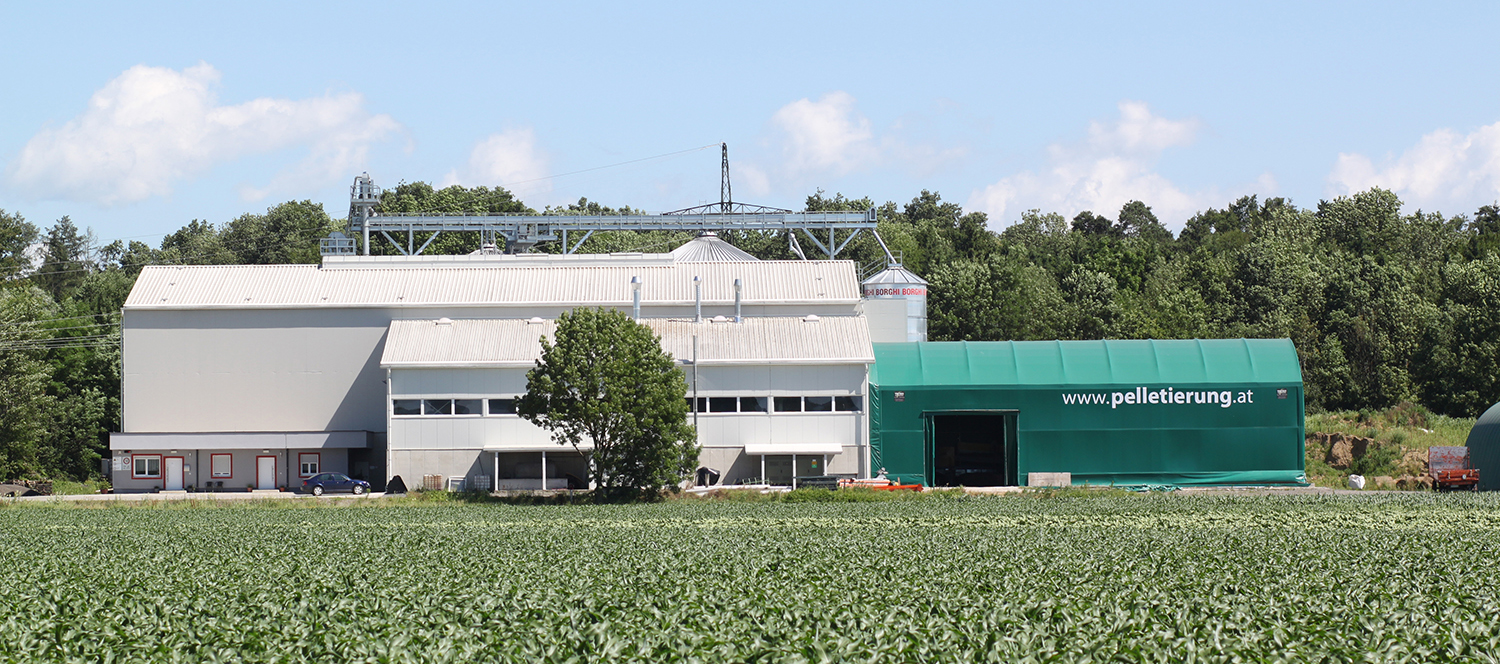The Pelletierung Process: A Key Technology in Modern Industry

Introduction:
Pelletierung, or pelletization, is a widely used technique in various industries for converting fine powders and granular materials into small, dense pellets. This method offers numerous advantages, including improved material handling, storage, and efficiency in industrial applications. In this blog, we will explore what pelletization is, how it works, its benefits, and its applications across different sectors.
What is Pelletierung?
Pelletierung is the process of compressing or shaping fine materials into small, round pellets. This process is primarily used in industries that deal with raw materials, including wood, biomass, chemicals, and even food processing. Pellets are created to enhance product quality, ease of transportation, and better utilization of resources.
The materials are typically pressed through a die under pressure to form uniform shapes, and the process can vary depending on the type of material used. This is particularly useful for fine powders that are difficult to handle or transport in their raw form.
How Does the Pelletization Process Work?
Pelletierung involves several key stages to achieve the final pellet form. The process can be broken down into the following steps:
1. Material Preparation
The first stage involves preparing the raw materials. This includes drying, grinding, and sometimes adding binders or other additives to improve the pellet formation.
2. Conditioning
Conditioning improves the consistency of the raw materials. This step may involve adding moisture, heat, or steam to make the materials more malleable and easier to compress.
3. Compression
The core of the pelletization process is compression. The prepared material is pressed through a die, which molds the material into uniform, dense pellets. The shape, size, and density of the pellets can be controll by adjusting the die and pressure settings.
4. Cooling
Once the pellets are formed, they are often still warm and soft. The cooling stage helps solidify the pellets, ensuring they are firm and can be handle without breaking.
5. Screening and Storage
The final step involves screening the pellets to remove any fines or irregularly shaped pieces. The finished pellets are then ready for storage, packaging, or further use.
Key Benefits of Pelletierung
Pelletization provides numerous advantages that make it a preferred method in many industries.
1. Improved Material Handling
Pelletized materials are easier to handle, store, and transport compared to fine powders or granules. The uniform shape and size of the pellets reduce the risk of material loss and make the product easier to work with.
2. Enhanced Efficiency
In industries like energy production, biomass pellets are more efficient to burn and offer a higher energy density than unprocessed materials. This can result in improved performance in industrial furnaces, boilers, or stoves.
3. Cost-Effective Storage and Transport
Due to their compact nature, pellets take up less space, reducing transportation and storage costs. Additionally, the durable form of the pellets minimizes the chances of material degradation or loss during transit.
4. Environmental Benefits
Pelletization can also contribute to sustainability by enabling the reuse of waste materials, particularly in biomass and agricultural industries. The process allows the conversion of waste into valuable products, reducing environmental impacts and supporting circular economy initiatives.
Industrial Applications of Pelletierung
Pelletization has numerous applications across various industries, each benefiting from the improved handling and performance of pelletized products.
1. Biomass and Energy
In the energy sector, pelletization is use to create biomass pellets from materials like wood, agricultural residues, and even organic waste. These pellets are use in energy production, offering a renewable alternative to fossil fuels.
2. Agriculture
In agriculture, pelletized animal feed is common. The uniformity and compactness of the pellets make it easier for animals to consume and for farmers to distribute. Pelletization also helps reduce dust and spoilage.
3. Chemicals and Fertilizers
Chemical industries use pelletization to create fertilizers, detergents, and other powdered products. The compact pellets improve storage, packaging, and application efficiency, particularly in large-scale operations.
4. Metallurgy and Ore Processing
Pelletizing iron ore and other minerals is common in the mining and metallurgy sectors. The process allows for better resource use and improves the efficiency of smelting operations by providing uniform materials for processing.
The Future of Pelletization Technology
As industries continue to seek more efficient, sustainable solutions, Pelletierung technology is likely to evolve. Automation, new materials, and advanced control systems will enable even greater efficiency and customization of pellets. This technology could also expand into new sectors, such as pharmaceutical manufacturing and environmental remediation.
Conclusion: Why Pelletierung is Critical for Modern Industries
Pelletierung offers a robust solution for improving the handling, efficiency, and environmental impact of raw materials in industries ranging from energy to agriculture. As demand for sustainability and resource efficiency grows, pelletization technology will remain a crucial process for industries worldwide. Whether it’s improving energy production through biomass or reducing waste in agriculture, Pelletierung continues to play a vital role in the future of industrial operations.
Fore More Articles: Journalism Times





